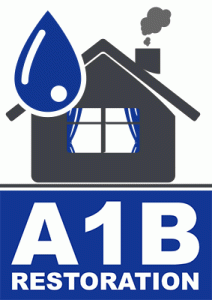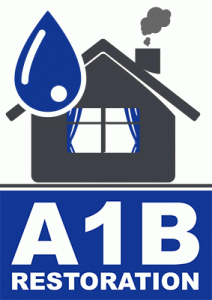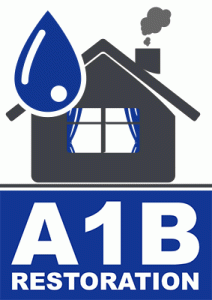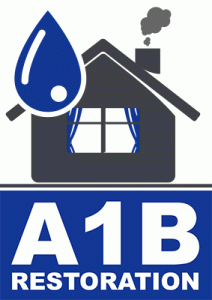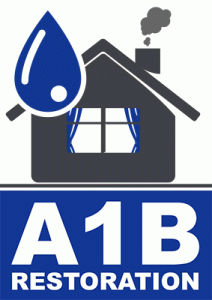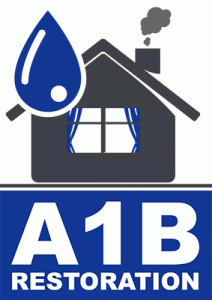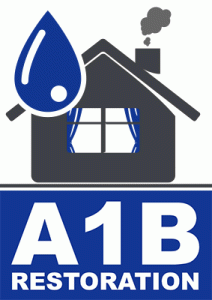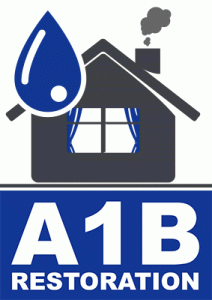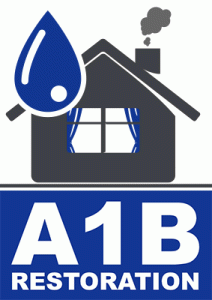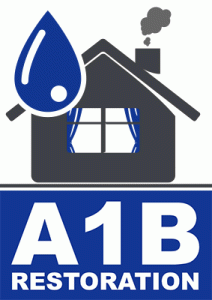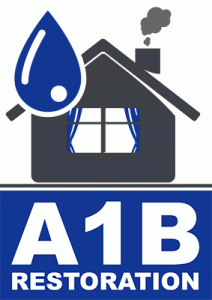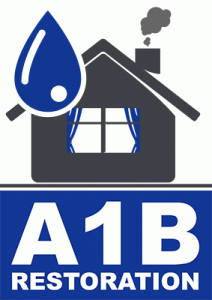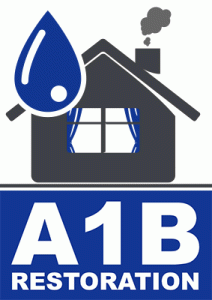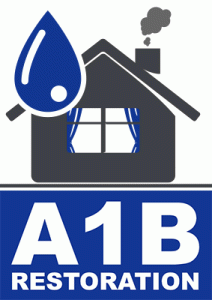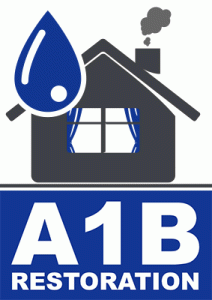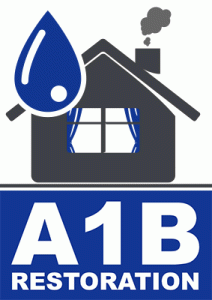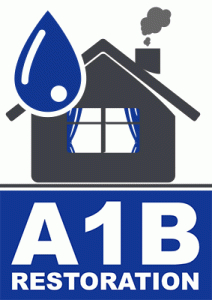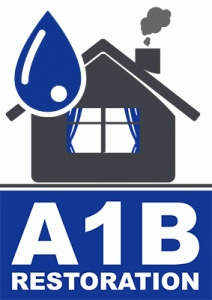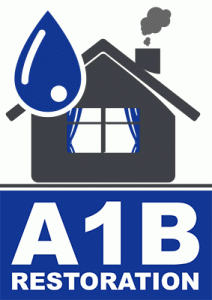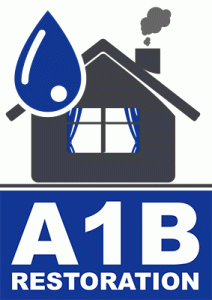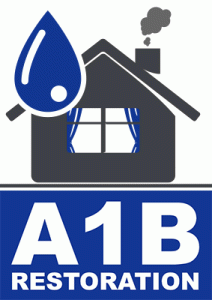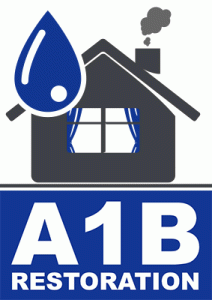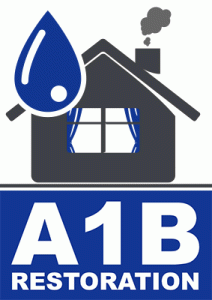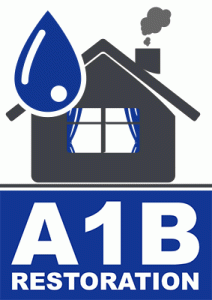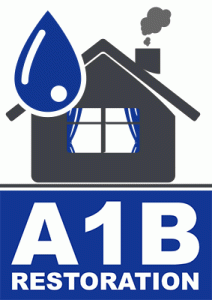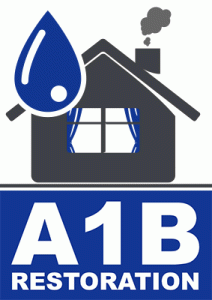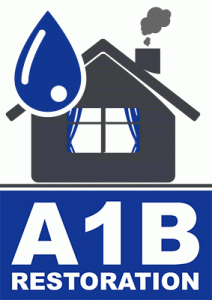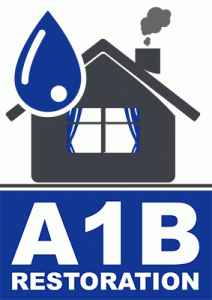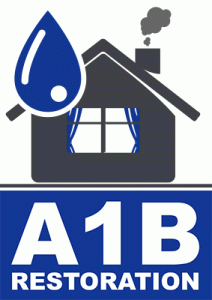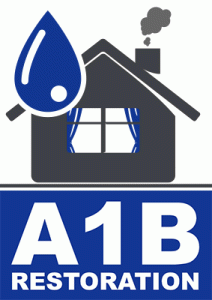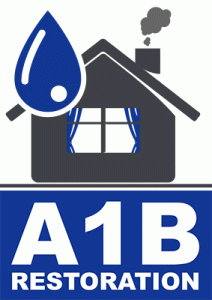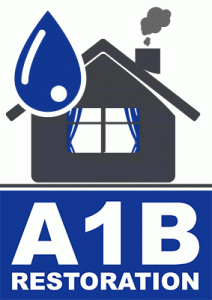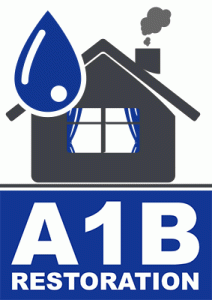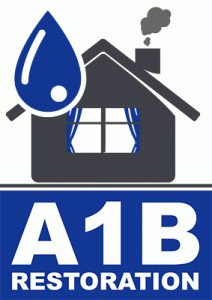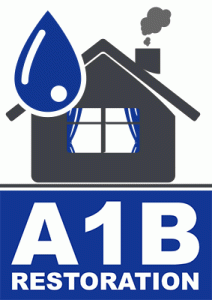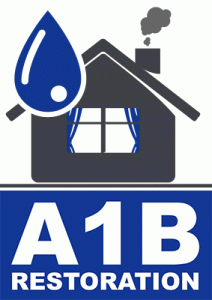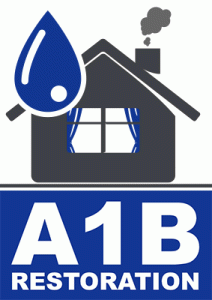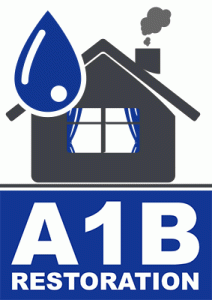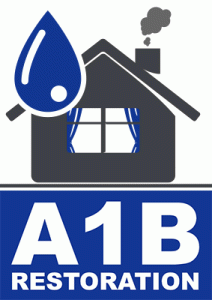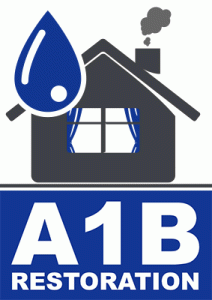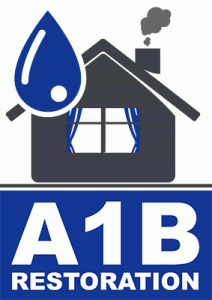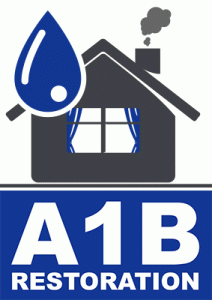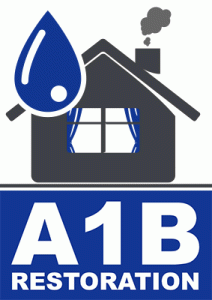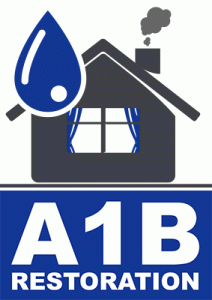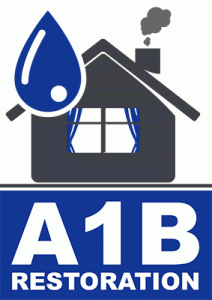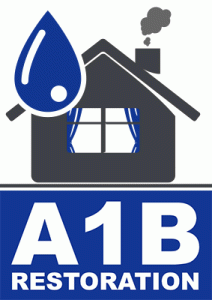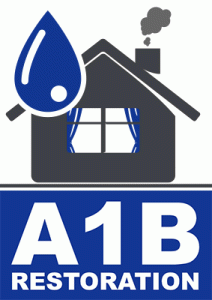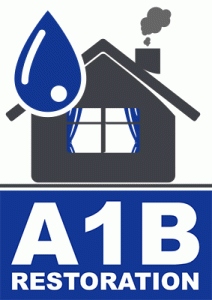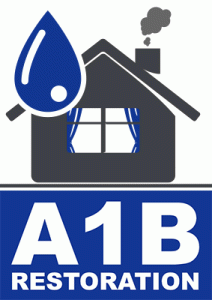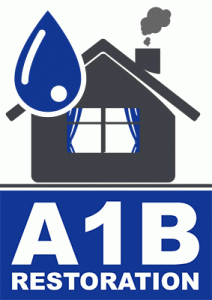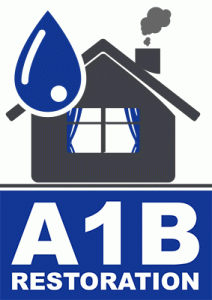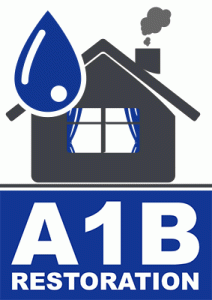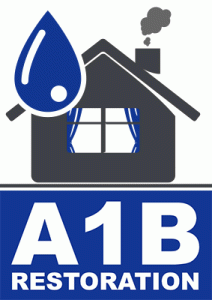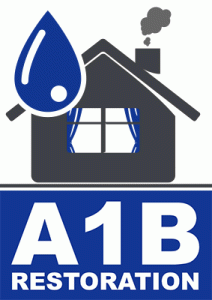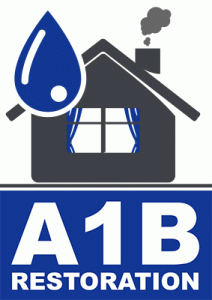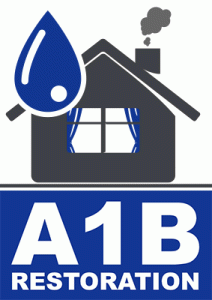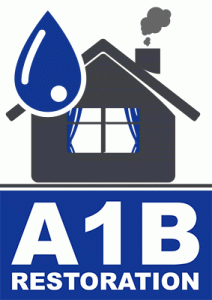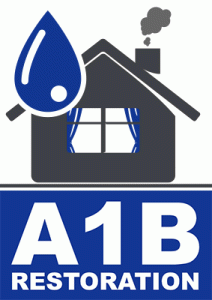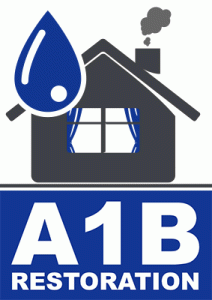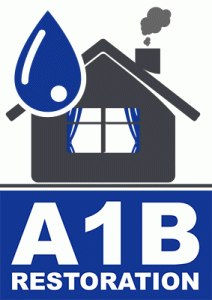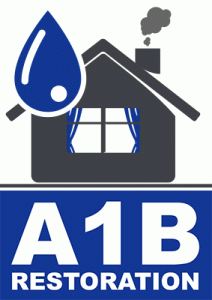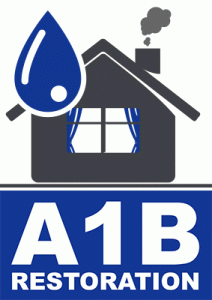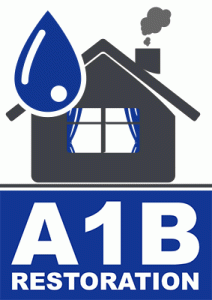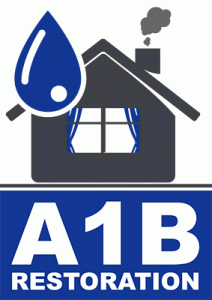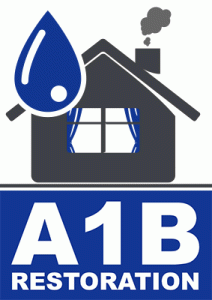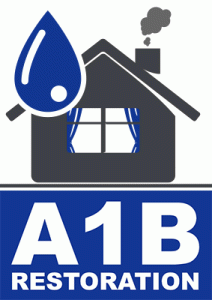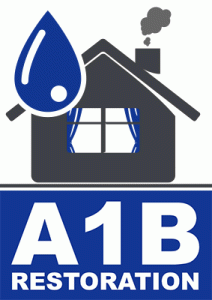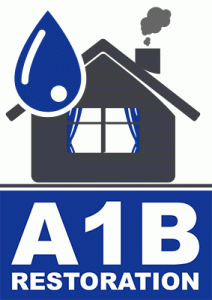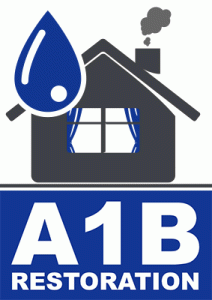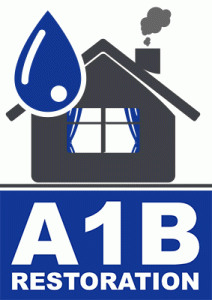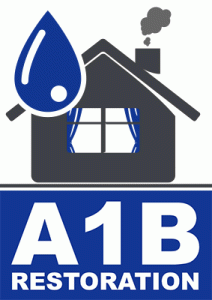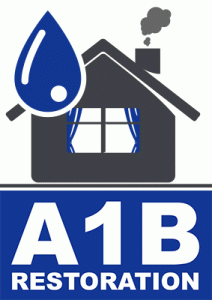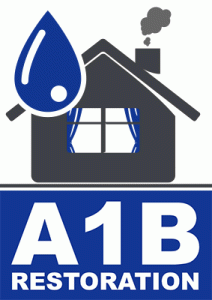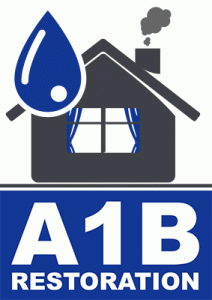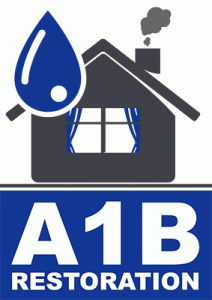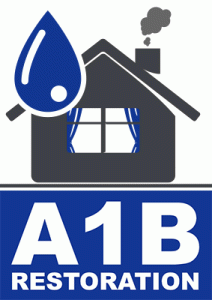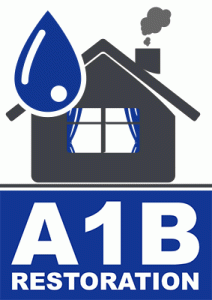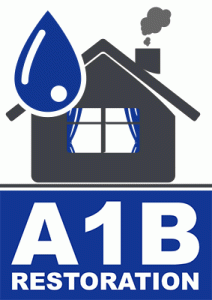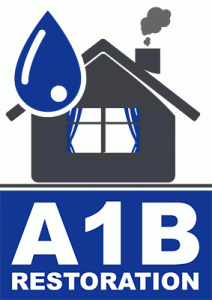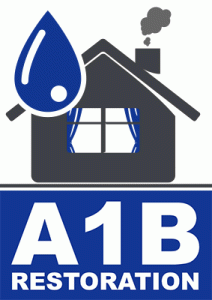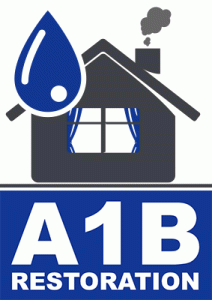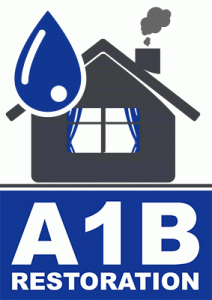The Hidden Dangers of Ignoring Water Damage
Water damage is an insidious issue that many homeowners tend to overlook. Whether it stems from a leaky roof, burst pipes, or even natural disasters, the consequences of ignoring water damage can be extensive and financially crippling. Ignoring such damage not only risks the structural integrity of your home but also poses serious health threats. This blog post delves into the hidden dangers of ignoring water damage and provides actionable tips to address and prevent it.
Understanding Water Damage
Water damage refers to various possible losses caused by water intruding into a space and attacking materials or systems. It can result in destructive processes such as wood rot, mold growth, bacteria development, rusting of steel, and delamination of materials. According to the Insurance Information Institute, water damage accounts for nearly 29% of all homeowner insurance claims, underscoring its prevalence and impact.
Causes of Water Damage
Water damage can occur from a myriad of sources, including:
- Leaky roofs: Poor maintenance or extreme weather can lead to roof leaks.
- Burst or leaking pipes: Aging pipes or sudden temperature changes can cause pipes to burst.
- Faulty appliances: Dishwashers, washing machines, and water heaters can malfunction and leak.
- Natural disasters: Events like floods and hurricanes can cause significant water intrusion.
The Structural Impact of Water Damage
Ignoring water damage can severely compromise the structural integrity of a building. Wood, drywall, and other materials can weaken and warp, leading to significant repair costs. Here’s how water damage can affect your home:
Foundation Issues
Water can seep into the foundation, causing cracks and instability. Over time, this can lead to structural failure. A report by the National Association of Waterproofing and Structural Repair Contractors (NAWSRC) suggests that foundation repairs can cost homeowners between $2,000 to $6,000 on average.
Mold and Mildew Growth
Mold thrives in moist environments, and water damage provides the perfect breeding ground. Mold not only damages the property but also poses severe health risks, including allergies and respiratory issues. The Environmental Protection Agency (EPA) warns that exposure to mold can lead to conditions such as asthma or other severe respiratory problems.
Health Risks Associated with Water Damage
Aside from structural issues, water damage can have dire implications for health. The damp environment encourages the growth of harmful microorganisms, which can lead to various health problems:
Respiratory Issues
Mold spores can enter the lungs and cause respiratory issues, particularly in individuals with pre-existing conditions such as asthma or allergies. According to the Centers for Disease Control and Prevention (CDC), mold exposure can lead to coughing, wheezing, and throat irritation.
Bacterial Infections
Standing water can harbor bacteria that cause infections. This is especially concerning in homes with young children, elderly individuals, or those with weakened immune systems.
Financial Implications of Ignoring Water Damage
One of the most significant consequences of ignoring water damage is the financial burden it can impose. The longer the damage is left unaddressed, the more expensive it becomes to repair. Here are some financial considerations:
Increased Repair Costs
Small leaks can turn into major problems if not promptly repaired. The Water Damage Defense states that the average cost to repair water damage is about $2,700, but this can escalate to tens of thousands of dollars if ignored.
Decreased Property Value
Homes with visible water damage or mold issues can see a significant decrease in property value. Prospective buyers are often wary of purchasing homes with a history of water damage, fearing hidden problems and costly repairs.
Actionable Tips to Prevent and Address Water Damage
Preventing water damage requires vigilance and proactive measures. Here are some tips to help you safeguard your home:
Regular Inspections
Conduct regular inspections of your home, focusing on areas prone to water damage, such as the roof, basement, and plumbing systems. Early detection is key to preventing extensive damage.
Maintain Gutters and Downspouts
Ensure that gutters and downspouts are clear of debris and functioning properly. This helps direct water away from the foundation and prevents water intrusion.
Install a Sump Pump
Consider installing a sump pump in your basement to protect against water accumulation. Ensure it is serviced regularly to maintain optimal performance.
Seal Cracks and Openings
Seal any cracks in the foundation or walls to prevent water from seeping into the home. Use waterproof sealants for best results.
Conclusion: Don’t Ignore the Signs
Water damage is a serious issue that requires immediate attention. Ignoring it can lead to structural damage, health problems, and significant financial loss. By understanding the causes and consequences of water damage, and taking proactive measures to prevent and address it, homeowners can protect their property and health. If you suspect water damage in your home, it is crucial to act promptly and seek professional assistance if necessary.
For more information and resources on water damage prevention, visit the EPA’s Mold Website.
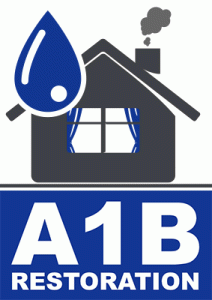
restoration company water damage Richardson Texas
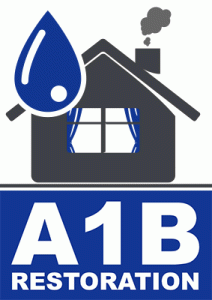
restoration services water damage Royse City Texas
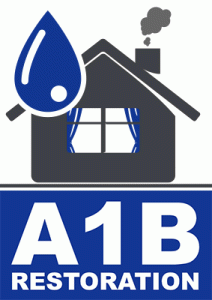
water damage restoration services near me Addison Texas

Preston Hollow Dallas TX water damage restoration

Duncanville Texas water damage restoration service near me

Sewage Cleanup

Wylie TX water damage restoration companies near me
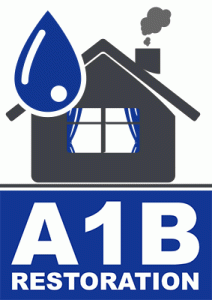
restoration services water damage Lewisville Texas
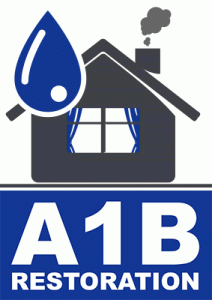
Carrollton Texas water damage restoration near me
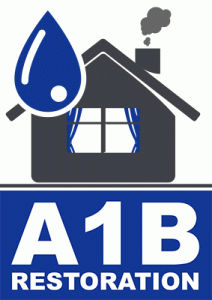
Lake Highlands Dallas Texas water cleanup service near me
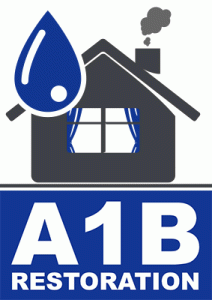
Lakewood Dallas Texas water cleanup service near me

Preston Hollow Dallas Texas water damage restoration service near me
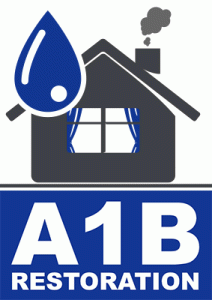
Lake Highlands Dallas Texas water damage companies
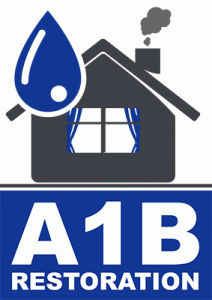
Lake Highlands Dallas Texas restoration water damage companies
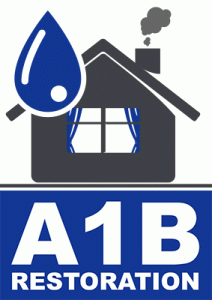
North Richland Hills Texas water remediation company

Lake Highlands Dallas Texas water remediation company
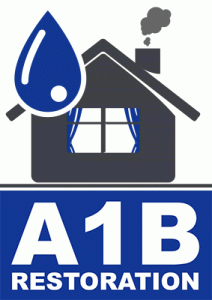
Lake Highlands Dallas Texas water restoration companies

Lake Highlands Dallas Texas disaster restoration companies

Highland Park Texas water cleanup service near me
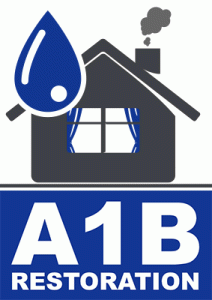
Fate Texas water damage restoration service near me
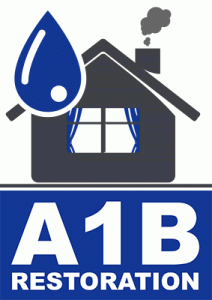
North Richland Hills TX water damage restoration company

Frisco TX water damage restoration companies near me

Lakewood Dallas TX water damage restoration services
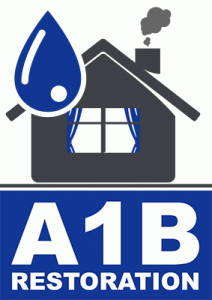
Lake Highlands Dallas TX water damage restoration
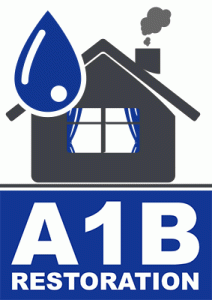
Grand Prairie TX restoration water damage experts
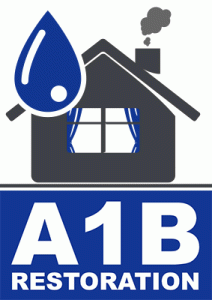
Highland Park TX water damage restoration companies near me
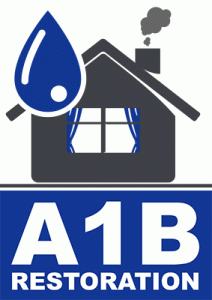
Lake Highlands Dallas TX water damage restoration companies
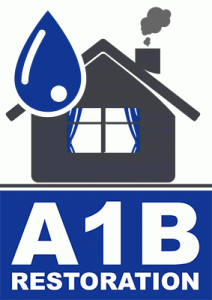
residential water damage restoration Southlake Texas
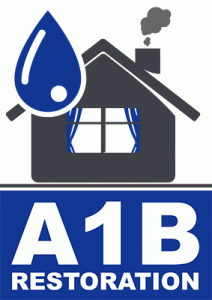
best water damage restoration near me Allen Texas
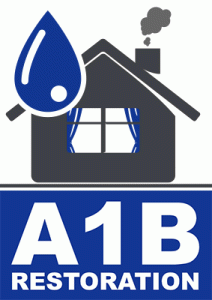
water damage and restoration companies North Richland Hills Texas

water damage companies near me Flower Mound Texas
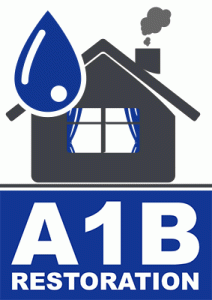
best water damage restoration near me Euless Texas

residential water damage restoration Highland Park Texas

best water damage restoration near me Frisco Texas
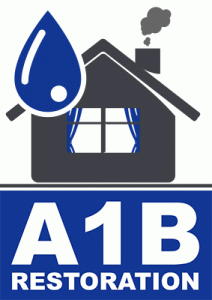
residential water damage restoration Denton Texas


